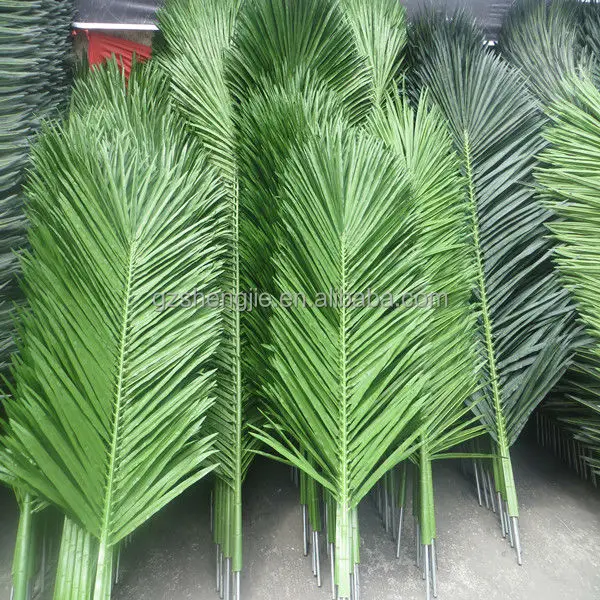Table of Content
This will darken the coconut shell from a light brown to an almost charcoal brown/black colour. This process can take quite a while to do and if you’d prefer you can use an electric sander. Use coconut coir in place of peat moss in any soil recipe unless the peat moss is there to lower pH.
Gardeners, however, are finding that it’s an excellent growing medium or soil additive. Hydroponic growers, in particular, appreciate that it holds air better than Rockwool, absorbs water without ruining the fibers, and assists with pest control. The question of how to make coconut coir during the manufacturing process can help you decide which manufacturer is best for your needs. The University of Florida IFAS Extension recommends using one part vermiculite and two parts each of compost and peat moss as a seed-starting and seedling mix. You can easily substitute coconut coir in the recipe. You can mix equal parts compost, peat moss and perlite; simply substitute fine coconut coir for the peat moss.
Pour Some Water
The coir dust will allow roots to move more easily through tough clay soil, and will absorb and hold more water. This will cut down on the amount of watering you need to do to the lawn, while giving you a healthier yard. They will speed up the growth of your hydroponics raft crops. Using your scissors cut off a square of sandpaper then fold it in half and begin sanding the coconut shell all over to remove the outer coconut coir.
Let someone special know that you care by sending them a natural gift. It may be necessary to increase nitrogen and decrease potassium when fertilizing. After 1st circle is cut out, cut along your straight slit line and then carefully cut out the inner circle.
Remove the Fiberous Pieces
Oregon State University points out that fine coconut coir mixed with perlite, coarse sand or vermiculite works well for starting seeds. Use a small or large coconut pot for houseplants like cactus or succulents. The pot will look lovely on a desk or shelf and the coconut shell itself holds moisture well ensuring that the roots do not become dry for longer. Most small plant pots are made from synthetic plastic and this is the best eco-friendly alternative. Growing a plant in a coconut pot is extremely sustainable, this is because before we made these pots with the shell it would usually end up being wasted.
Use coir dust instead of potting soil, peat moss or other seed-starting material. Fill small plant pots with coir dust and plant seeds. Keep the growing seedlings moist, but don't over-water them. Coir dust is extremely absorbent, so check down inside the planter to determine if it truly needs watering.
Video: Setup Coconut Coir Hydroponics Net Pots Method 1
You need a bit of patience to divide all the fruit from the shell. If you use a knife, just be very careful ;) to avoid it slips through your fingers. Place yours on an office desk to hold your pens and pencils.

The coconut pots look wonderful as part of a rustic setting in a cafe, restaurant, or modern home. When people ask us what our handmade coconut pots can be used for I usually reply by listing all of the things that can fit inside. These pots are extremely multipurpose and are beneficial in almost any room of the house. Mix coir dust into the soil when you are creating a new lawn. Dig it into the top 8 inches of the soil to condition the dirt and create a more welcome bed for your new grass seed or sod.
Popular String PlantsThere must be roots upon your planting for your crops to grow in a hydroponics system. Make sure, too, that the roots are contacting the water. When it comes to container gardening, coconuts may be a surprising ally. The thin pith layer of the coconut, known as coir, is an absorbent and long-lasting material that's ideal for use in planters. Traditional coir planting uses the long coir fibers to create a mat with which to line wire planters. Since the 1980s, growers have used coir dust as a superior alternative to peat moss and other growing media.
The final sanding part is to make sure that the coconut shell that sits on the base is no longer pointed. This is because during the glueing process you will want it to sit flat on the base to ensure it is a good fixing. Lighting Our natural lighting will provide the perfect mood to help you relax Gifts Let someone special know that you care by sending them a natural gift. When a plant grows in a coir pot, a root tries to penetrate the pot wall. At this instance, the contact with atmosphere stops the root from penetrating, thus the root bud starts to develop throughout within the pot. Here in, the roots are aerially pruned within the pot.
As the Illinois Extension points out, it can take 20 years for the delicate ecosystem of peat wetlands to recover from the peat industry's harvesting of the peat. This video explains with demonstration how you can prepare coco coir at home from coconut husk - instead of buying commercial blocks, for... These clay balls are "airy", and will allow much oxygen into the roots of your crop. The Hydroton also is reusable, and drains easily from your net pots. Any such crop will grow well in this system that you have built. Set the reservoir in a stable and location where the growing plants will not be disturbed.

This coconut pot was one of our first handmade products as a craft distributor and in this article you are going to learn how to make yourself a coconut pot at home. During harvesting, the coconut husk’snatural fibers are turned in coir. Some coconut coir manufacturers will use freshwater to soften the fibers, while others use saltwater. Because coir is very tough, it doesn’t break down when sitting in saltwater, as other natural threads might.
The spacing will allow plenty of air to permeate the plants for efficient growing. You’ll have a fine coconut coir powder, add some water in it to make a thick slurry. The method of how to make coconut coir can play a role in deciding which product to use. When using coconut coir for growing purposes, you might want to avoid those that have been manufactured using saltwater, chemicals, and steam. I like to use a small coconut pot in the evening to hold some nuts, dried fruit, and dark chocolate. Also, it makes it easier to hold on to the bottom part and using it as a handle.
Fill the interior of the coil liner with potting soil. Use enough potting soil to reach to the top of the liner, but don't overflow it. Consult with the hydroponics or aquarium supply center staff about the right size aerator for your reservoir. Be ready to give the dimensions of your reservoir and how many net pots you will have in it. Use pliers or a coconut husk remover tool to separate the layer of coconut coir from its shell.
Remove plants that are smaller and weaker, and let the other ones grow. They can be fully submerged into growing beds, rafts, gravel, or expanded clay. Rugs Natural rugs that add elegance to a room and protect wooden floors. Armchairs & Loungers Take a seat, these showroom pieces are a beautiful sight.
Its compact size allows you to keep a writing instrument nearby without getting in the way or distracting you from your work. Any study wouldn’t be complete without somewhere to store your pencils.


No comments:
Post a Comment